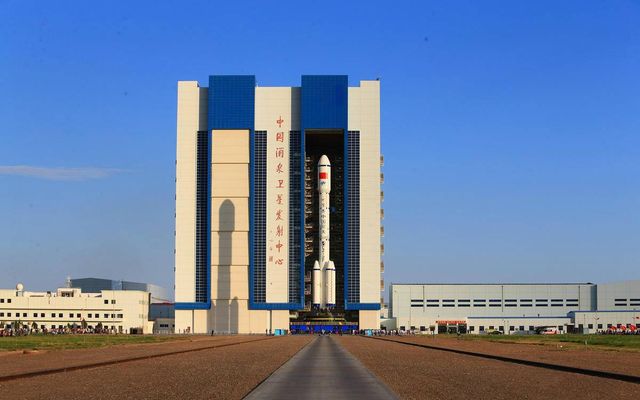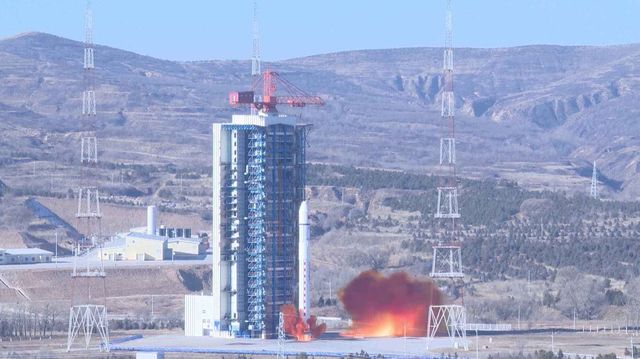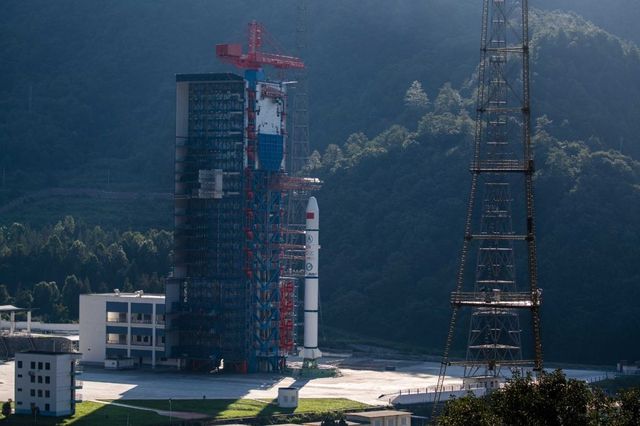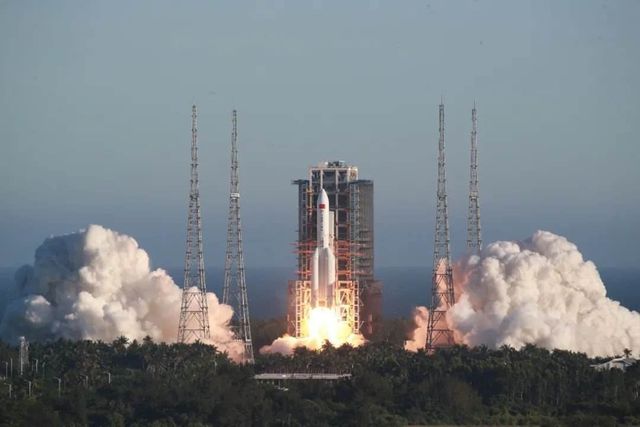China has four space launch sites. They have different locations and their own characteristics. They jointly support China’s space launch mission, forming a pattern of combining coastal and inland, combining high and low latitudes, and combining various launch ranges. So, what are the requirements for the site selection of the space launch site? How did my country’s four major space launch sites come from? What are the advantages of each? What are their main tasks?
China’s latest aerospace news: At 10:44 on June 5, 2022, the Long March 2F carrier rocket lifted the Shenzhou 14 spacecraft carrying 3 astronauts from the Jiuquan Satellite Launch Center deep in the desert. Get up and fly to the sky. The Shenzhou 14 manned mission is the second mission in the construction phase of the space station and the first manned mission in this phase. The astronaut crew will work and live in orbit for 6 months.
Site selection factors for spaceports
Safety factors
Safety is the primary condition for space launch, and the ideal launch site should be located in a sparsely populated place. The debris dropped during the launch of the rocket may endanger the safety of surrounding residents. There should be no buildings or people around from the launch pad along the launch direction. When launching a manned spacecraft, it is also necessary to consider the landing site of the spacecraft’s escape. China’s Jiuquan launch site is located in the sparsely populated Gobi Desert, which greatly improves the safety of manned launch missions.
Location factor
The spacecraft needs to consume a lot of fuel during the launch process to achieve a certain speed to leave the earth’s surface. Using the speed brought by the rotation of the earth itself can greatly reduce the demand for fuel. Earth’s rotation speed is higher at low latitudes and lower at high latitudes. For satellites and geostationary satellites launched from west to east, it is better to use the rotation of the earth more and launch from low latitudes; for satellites launched from east to west, it is easier to overcome the rotation of the earth from high latitudes.
Climate factor
Favorable weather conditions are also important for space launches. An environment with a small temperature difference and a stable climate can increase the annual test cycle and allowable launch time of the spacecraft, and is also conducive to the launch and tracking of the spacecraft.
Traffic factor
Spaceports are heavily dependent on transport conditions. You can choose to be in areas with convenient transportation such as railways or airports, which are convenient for transportation, or you can choose to rely on water transportation in areas near large ports to reduce transportation restrictions. China’s Wenchang launch site is built near the coast. Wenchang City.
China’s four space launch sites
At present, China has built four major space launch sites, including Jiuquan Launch Site, Taiyuan Launch Site, Xichang Launch Site and Wenchang Launch Site, forming a pattern of combining coastal and inland areas, combining high and low latitudes, and combining various launch ranges.
1. Jiuquan Satellite Launch Center

Advantages: It is located in the Gobi Desert and is sparsely populated. It is basically an uninhabited area within 200 dry meters, and the safety is good;
The terrain is open, and it is an ideal recovery and landing site for the transportation system between heaven and earth;
It is far from the coastline and can make full use of the basically formed onshore aerospace measurement and control network;
The climate is dry and rainy, with few thunderstorms and sunny days all year round. It is easy to meet the launch conditions and can provide a good natural environment for space launch. Launch tests can be carried out about 300 days a year.
Main tasks: Jiuquan launch site is the only manned space launch site in China and one of the three major manned space launch bases in the world. The Jiuquan Launch Site is mainly responsible for the launch of returnable satellites, manned spaceflight engineering and emergency rescue of astronauts.
In the future, the Jiuquan Launch Site will continue to undertake the launch mission of the Shenzhou spacecraft, sending more astronauts to space to explore the mysteries of the universe.
2.Taiyuan Satellite Launch Center

Advantages: Surrounded by mountains, high terrain, high security. The special longitude and latitude make it an ideal place for the launch of Chinese satellites in low and polar orbits.
Main tasks: Sun-synchronous orbit satellites such as meteorology and resources are usually launched here.
3. Xichang Satellite Launch Center

Advantages: It has a subtropical climate, low latitude, high altitude, short ground-to-air distance, and good launch angle;
The canyon terrain, the annual average temperature is 18 ℃, the sunshine is up to 320 days, the launch window is long, and the best launch season is from October to May of the following year;
The transportation is convenient, the nearby airports are suitable for the take-off and landing of large planes, and the road network is developed.
Main task: Take off from the Xichang launch site, make full use of the earth’s rotation, and consume less fuel to reach the predetermined orbit. It is mainly responsible for the test launch and application launch tasks of geosynchronous orbit satellites, navigation, communication, broadcasting, and meteorological satellites.
4. Wenchang Satellite Launch Center

Advantages: low latitude, high launch efficiency and cost ratio, under the same conditions, the carrying capacity of geosynchronous orbit can be increased by more than 15%;
Wide firing range and good safety, the rockets are fired to the sea within a range of 1,000 kilometers, and the wreckage areas are all at sea;
The shipping is convenient and feasible, and it can solve the problem that large-sized rockets cannot be transported by rail, road and air;
Non-toxic, non-polluting, green and environmentally friendly, it is the first launch site in my country that fully adopts new propellants such as liquid hydrogen, liquid oxygen, and aviation kerosene.
Main tasks: Each module of the space station and the Tianzhou cargo spacecraft will take off from the Wenchang launch site to go to space and fly into the universe.